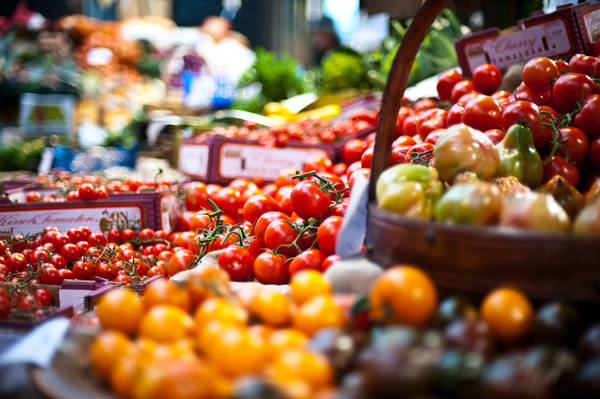The global food system is a major culprit behind rising greenhouse gas emissions and climate change. A new report from the World Bank, titled “Recipe for a Livable Planet,” sounds the alarm on the need for transformative action in how the world produces and consumes food.
The report states that annual investments of $260 billion are required to cut emissions from the agrifood system in half by 2030 and achieve net zero by 2050. Shockingly, this figure is double the amount currently spent on agricultural subsidies worldwide.
“The agrifood system is currently pushing the planet’s environmental boundaries in terms of greenhouse gas emissions, biodiversity loss, unsustainable water use, and land degradation,” said Juergen Voegele, Vice President of Sustainable Development at the World Bank. “This report provides a strategic blueprint for governments, the private sector, and communities to undertake rapid, affordable changes.”
The Recipe for a Livable Planet
The “Recipe for a Livable Planet” lays out a global framework aimed at radically reducing the climate impact of food production while ensuring food security for a growing population. Its key findings are both dire and hopeful.
On the one hand, the agrifood system is responsible for a staggering one-third of all global greenhouse gas emissions – more than emissions from electricity and heat production combined. Developing countries account for about three-quarters of these emissions, necessitating targeted regional mitigation strategies.
Opportunities for Transformation
However, the report also highlights the tremendous potential for affordable emission reductions. It states that through feasible measures across the entire food value chain, the global agrifood system could decrease emissions by nearly one-third. These changes would not only mitigate climate change but enhance food security, build resilience, and protect vulnerable communities.
“The financial investment needed to halve emissions by 2030 is substantial but would yield a remarkable return on investment,” said Martien van Nieuwkoop, Global Director of the World Bank’s Food and Agriculture Global Practice. “The benefits of climate action in the agrifood system far outweigh the costs through improved health, environmental protection, and economic growth.”
A Tailored Approach
The report identifies key opportunities tailored to countries’ income levels. High-income nations should reduce energy demands in food production, support technology transfers to poorer countries, and promote dietary shifts away from emissions-intensive foods. Middle-income countries can achieve major emissions cuts through better land management and agricultural practices. Low-income countries should prioritize sustainable growth without carbon-intensive infrastructure.
At both national and global scales, the report calls for repurposing agricultural subsidies, implementing policies favoring low-emission technologies, enhancing private investment in mitigation efforts, and leveraging digital innovations for better emissions monitoring and management.
India’s Role
For India, identified as one of the top three agrifood emitters alongside China and Brazil, the findings are particularly pertinent. The report notes that around 80% of India’s emissions reduction potential could be achieved through cost-saving agricultural interventions alone, such as better livestock management, fertilizer optimization, and water-efficient crop production.
Curbing methane from agricultural activities like rice cultivation, reducing staggering rates of household and supply chain food waste, and promoting climate-smart practices like agroforestry are other high-impact opportunities for India.
However, achieving this transformative change will require international financial and technical backing. “Developing countries cannot be expected to shoulder the costs of agrifood system transitions alone,” stated Bernice Van Bronkhorst, World Bank Climate Change Director. “Cooperation, knowledge sharing, and targeted investments are critical for a global, equitable solution.”
As the world grapples with the intertwined challenges of climate change, food insecurity, and environmental degradation, the World Bank report presents a pragmatic roadmap for a more sustainable and resilient agrifood system. By embracing the recommendations, countries can reap economic rewards while contributing to a livable planet for all.

